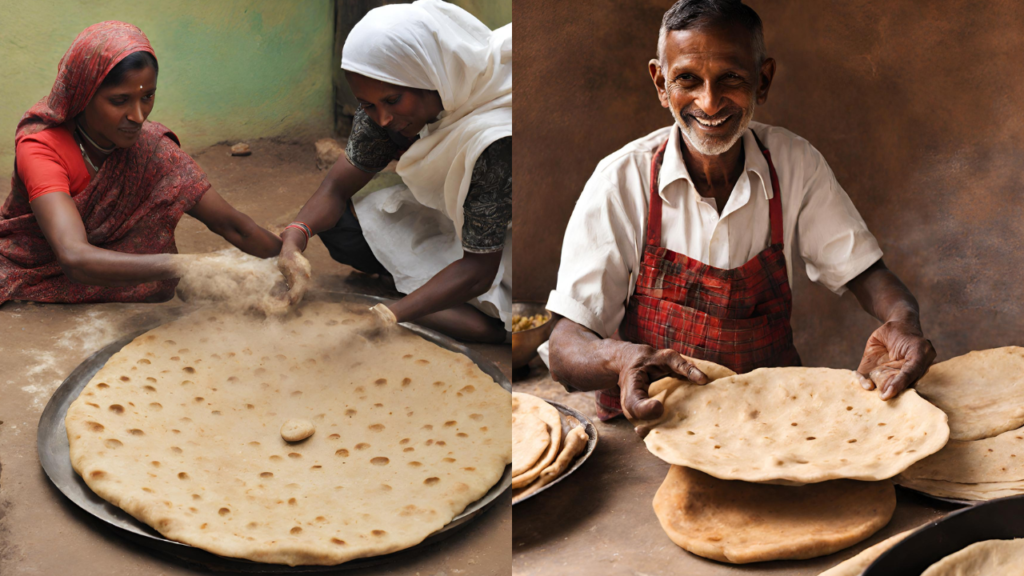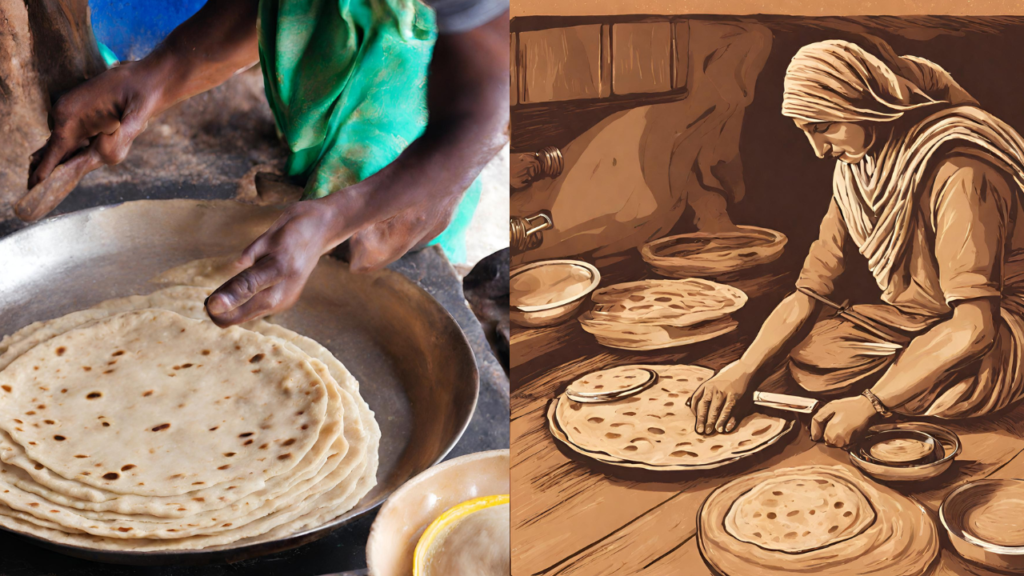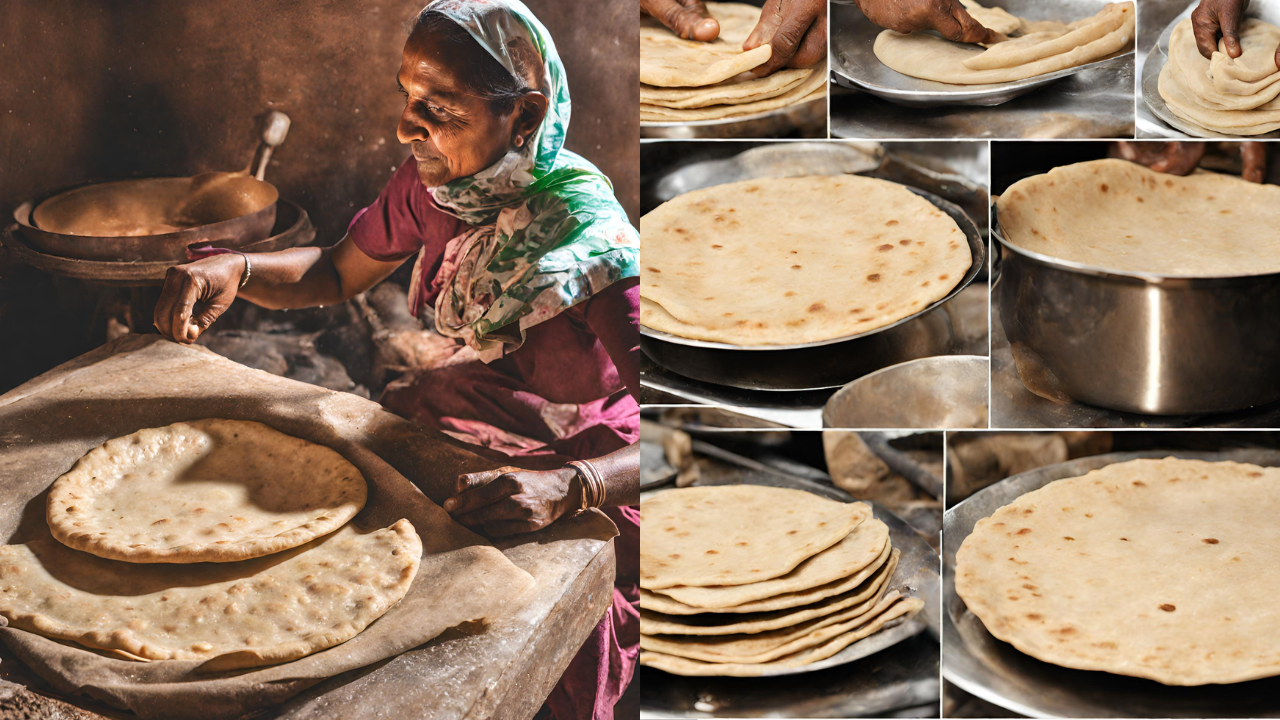SEO Meta Description
Learn how to make the perfect chapati with our comprehensive guide. Discover the secrets to crafting this traditional Indian flatbread, packed with flavor and nutrition.
Introduction
Chapati, a staple in Indian cuisine, is not just a flatbread but a cultural icon. Its simplicity belies its significance, being a source of sustenance and comfort in households across the Indian subcontinent and beyond. In this guide, we delve into the art of making chapati, exploring its history, ingredients, techniques, and variations. Whether you’re a novice or an experienced cook, join us on this journey to master the art of crafting the perfect chapati.
Table of Contents
Unveiling the Art of Chapati Making
Understanding the Essence of Chapati
Chapati, also known as roti, is a unleavened flatbread made from wheat flour, water, and salt. Its versatility lies in its ability to complement a wide array of dishes, from savory curries to sweet spreads.
Ingredients for Perfect Chapati
To create authentic chapati, you’ll need
Wheat Flour (Atta)
Water
Salt
Preparing the Dough
Creating the perfect dough is crucial for soft and pliable chapatis. Combine the wheat flour, salt, and water in a bowl, gradually kneading until a smooth and elastic dough forms.

Rolling Techniques
Mastering the art of rolling is essential for achieving thin and uniform chapatis. Roll out each portion of dough into a circular shape using a rolling pin and dusting with flour as needed.
Cooking Methods
Chapatis are traditionally cooked on a tawa (flat skillet) or directly over an open flame. Cook each chapati until it puffs up and develops golden-brown spots, then flip and cook the other side.
Tips for Fluffy Chapatis
Use fresh, high-quality wheat flour for optimal taste and texture.
Cook chapatis on medium-high heat for even cooking and puffing.
Keep cooked chapatis warm by stacking them in a covered container or wrapping them in a clean cloth.
Variations and Innovations
While the classic chapati remains timeless, there are endless variations to explore. Experiment with adding herbs, spices, or even grated vegetables to the dough for unique flavors and textures.
Serving Suggestions
Serve chapatis hot with your favorite curries, dals, or chutneys for a wholesome and satisfying meal. They also pair well with yogurt, pickles, or even as wraps filled with savory fillings.
Health Benefits of Chapati
Chapatis are not only delicious but also nutritious, offering a rich source of carbohydrates, fiber, and essential nutrients. They are low in fat and cholesterol, making them a healthy choice for all ages.

Cultural Significance
In Indian culture, chapati symbolizes hospitality, togetherness, and nourishment. It is often prepared with love and shared with family and friends during meals and celebrations.
FAQs (Frequently Asked Questions)
How can I store leftover chapatis?
Leftover chapatis can be stored in an airtight container at room temperature for up to two days or in the refrigerator for longer freshness. Reheat them on a tawa or microwave before serving.
Can I make chapatis gluten-free?
Yes, you can substitute wheat flour with gluten-free alternatives such as rice flour, chickpea flour, or almond flour to make gluten-free chapatis.
What is the difference between chapati and roti?
Chapati and roti are often used interchangeably, but some regions differentiate them based on thickness. Chapati is typically thinner than roti, which may be slightly thicker and smaller in size.
Can I freeze chapati dough?
Yes, you can freeze chapati dough for later use. Divide the dough into portions, wrap them tightly in plastic wrap or foil, and store them in a freezer-safe bag or container for up to three months.
How do I prevent chapatis from becoming hard?
To keep chapatis soft and fresh, store them in a covered container or wrap them in a clean cloth while still warm. Avoid overcooking or exposing them to dry heat for too long.
Are chapatis vegan?
Yes, traditional chapatis made with wheat flour, water, and salt are vegan-friendly, containing no animal products or by-products.
Conclusion
Mastering the art of making chapati is not just about creating a flatbread; it’s about preserving a culinary tradition and sharing the love of homemade goodness. With a few simple ingredients and techniques, anyone can enjoy the satisfaction of creating this wholesome staple. So roll up your sleeves, dust off your rolling pin, and embark on a delicious journey of chapati-making today!
